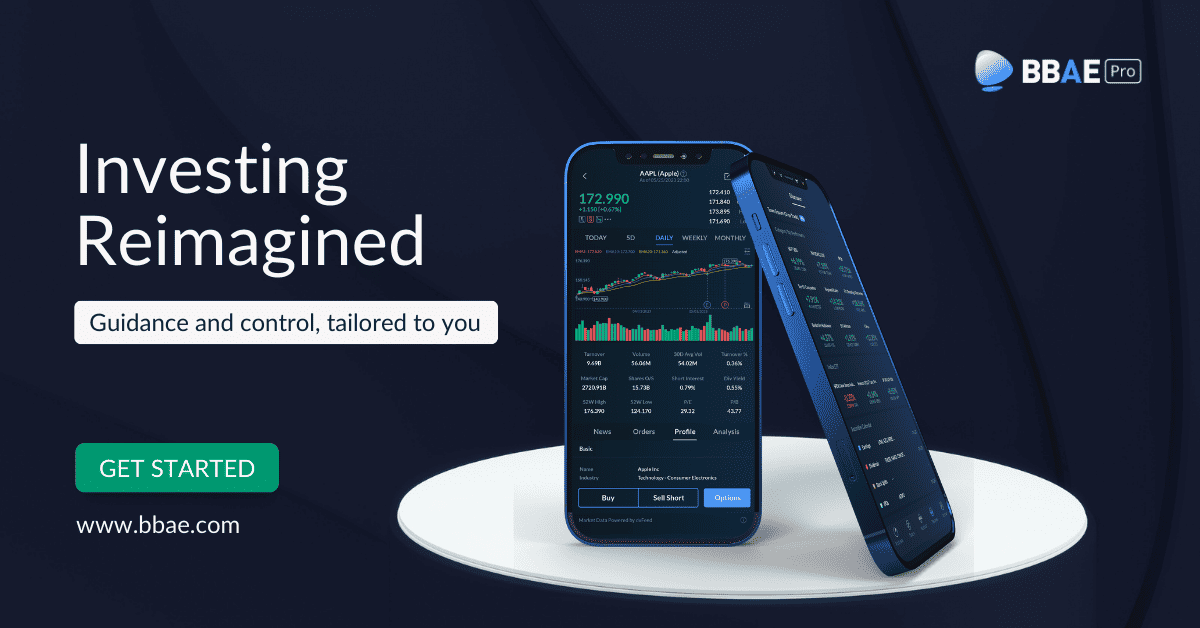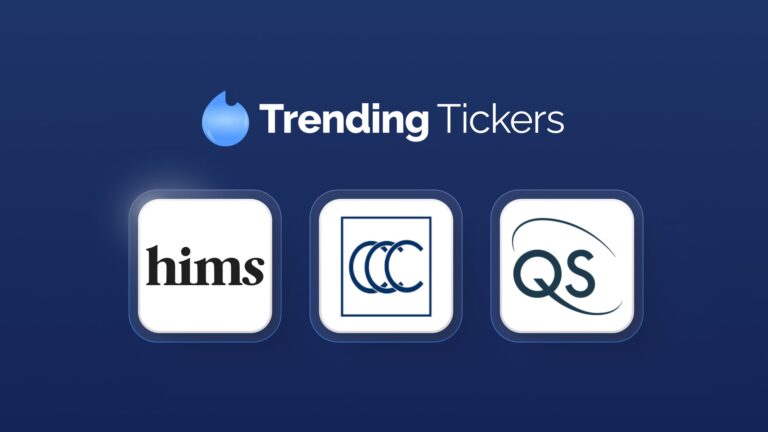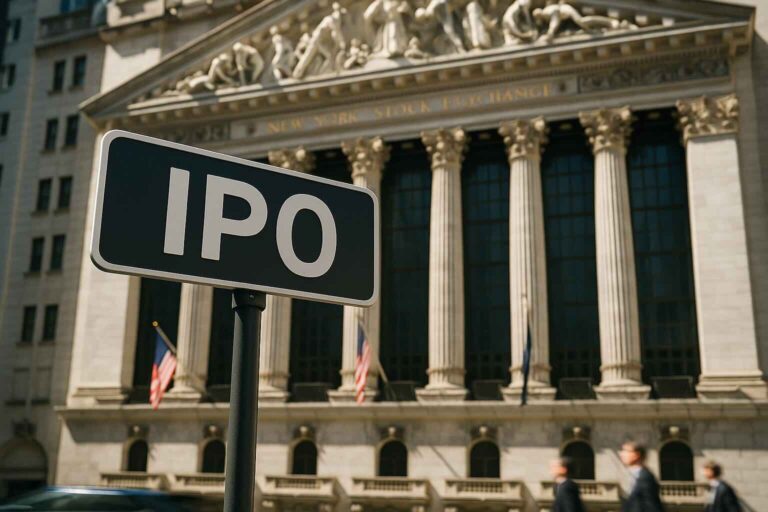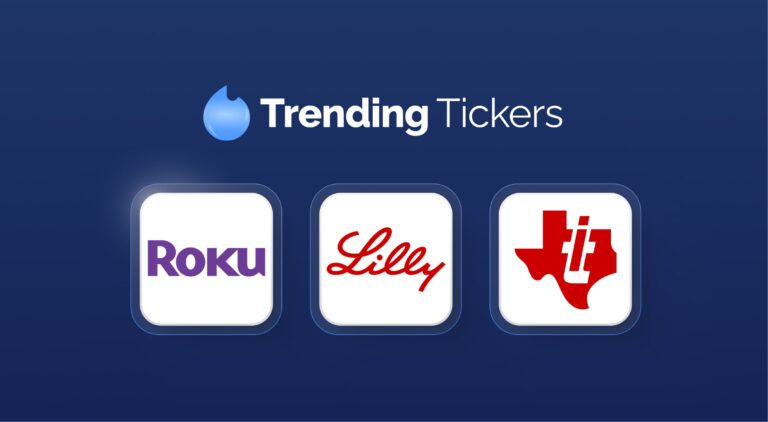Investing impacts – if not determines – people’s financial health, especially later in life.
Investing is also a bet on the future.
It’s no surprise, then, that much effort and focus gets allocated to predicting the future.

There are plenty of wrong predictions, and it’s easy to snicker at them in hindsight.

Wrong predictions exist not just in economics, of course, but everywhere. Anyone who followed the 2016 US Presidential election remembers that Hillary Clinton was a shoo-in, and that Donald Trump had no chance, and that, in the one-in-a-million chance that Trump won, the US stock market would crash.
Whoops.

Are 2024 Market Predictions Even Worth It?
But year-end is at hand, and even though most people’s investing horizons extend far longer than a solar rotation, predicting year-ahead performance has become an irresistible tradition among economists and analysts.
In their defense, there’s demand for it.
But just because a thing is demanded – and supplied – does not mean a constructive exchange has taken place.
The following chart, for instance – and pardon all the charts and visuals, but they’re the quickest way to relay this information – shows that Wall Street analysts’ per-share earnings estimates for companies are not particularly accurate.
The start of each colored “squiggle” represents the consensus initial forecast for the next calendar year, and the end of the squiggle shows where the calendar year’s profits actually ended up.

It would be too much to declare them consistently wildly inaccurate – though they are sometimes – but are they accurate enough to invest based on? Probably not.
A similar thing is true of economists predicting GDP growth, where forecasts are often 50% or more off:

And if we were to forecast the forecasters, a reasonable prediction may be for an optimistic bias.
In 2012, the US Energy Information Agency very nobly looked back at its own forecasts over the prior 12 years and found that it overestimated crude oil production 62% of the time, and overestimated natural gas production 71% of the time.
EPS? Hard. GDP? Hard. Fossil fuels? Hard. Inflation?
You guessed it.

You’re getting the idea. And I’m sure there are occasionally brilliant forecasts and brilliant forecasters. But not usually.
In a way, it’s a social delusion: investors want the impossible, and analysts provide it. Analysts and economists are smart, well-informed, and virtually always sincere. But sincerity and futility can coexist.
How Did 2023 Predictions Do?
BBAE CEO Barry Freeman and I just returned from a trip to Taiwan, where we spoke at an investing conference.
The following screenshots are excerpts from the English version of my slides. The first point is that in 2022, “everyone” thought that a recession was coming in 2023.

Commensurately, experts predicted the S&P 500 would drop by several percentage points.
It’s up 23% so far this year.

Data from Yahoo! Finance
2024 Stock Market and Recession Forecast
What about 2024? Will the US finally have its recession? Depends on whom you ask:

Collectively, these answers give investors everything except the thing they want most: certainty.
Goldman Sachs says a 15% chance, the 38 economic research firms surveyed by the National Association of Business Economists put it as a 24% chance, all the way up to the 136 US CEOs surveyed by the Conference Board, 72% of whom are expecting a recession (although that’s down from 93% at the start of 2023).
Pretend you’re a business journalist. Want to write a scary story about 2024? You’ve got your data point. Want to write an optimistic story about 2024? You’ve got your data point.
The same song and dance applies to stock market predictions, too.

Intellectually, from the safety and emotionlessness of abstraction, it’s easy to see these year-ahead forecasts as a useless affair. But we’re people, and we’re drawn to them.
And we’re also investors. So what can we do?
Option 1: Pick and choose which year-ahead forecasts or forecasters to believe.
This feels like the least wise option. But it’s the one the forecasters want you to choose. I’m not aware of the academic research on market forecasts (there is almost surely some) but one stock-specific paper (Coval, Hirshleifer, Shumway, 2002) found that about 10% of individual investors consistently do beat the market, so it’s possible that some analysts and economists are legitimately good and worth following, although I believe that predicting year-ahead results is harder than beating the market over multiple years.
Option 2: Use an average or median year-ahead forecast
This feels mathematically defensible. But as several of the above charts show, consensus estimates aren’t accurate enough to invest based on.
Option 3: Don’t invest based off of year-ahead forecasts in the first place
Almost nobody has a one-year investing horizon, meaning year-ahead market predictions are titillating and newsy, but unnecessary in an actionable sense for most investors.
The stock market has been more predictable over the long run
The market is, in some sense, a proxy for human progress, and while we humans have ups and downs and wars and pandemics and Dark Ages, we’ve been good at making progress over time. In fact, progress begets more progress and arguably compounds exponentially. This is a phenomenon immensely more predictable – and worth investing off of, in my view – than year-ahead anything.
Data from ElleVest shows that if you’d held for any random rolling 10-year period from 1928 to present, you’d have a 95% chance of a positive return, and over any rolling 15-year period, a 99.8% chance.
We’re just talking positive returns – a low bar – but the S&P 500’s return has averaged around 10% or 10.5% for almost a century (if we include its predecessor, as the S&P 500 proper began in 1957). That’s enough to grow a $500 investment given to a newborn to almost $500,000 by the time he or she retires at age 70.
The moral? Short-term predictions are worth very little. Long-term predictions are worth quite a lot.
This article is for informational purposes only and is neither investment advice nor a solicitation to buy or sell securities. Investing carries inherent risks. Always conduct thorough research or consult with a financial expert before making any investment decisions. Neither the author nor BBAE has a position in any investment mentioned.














